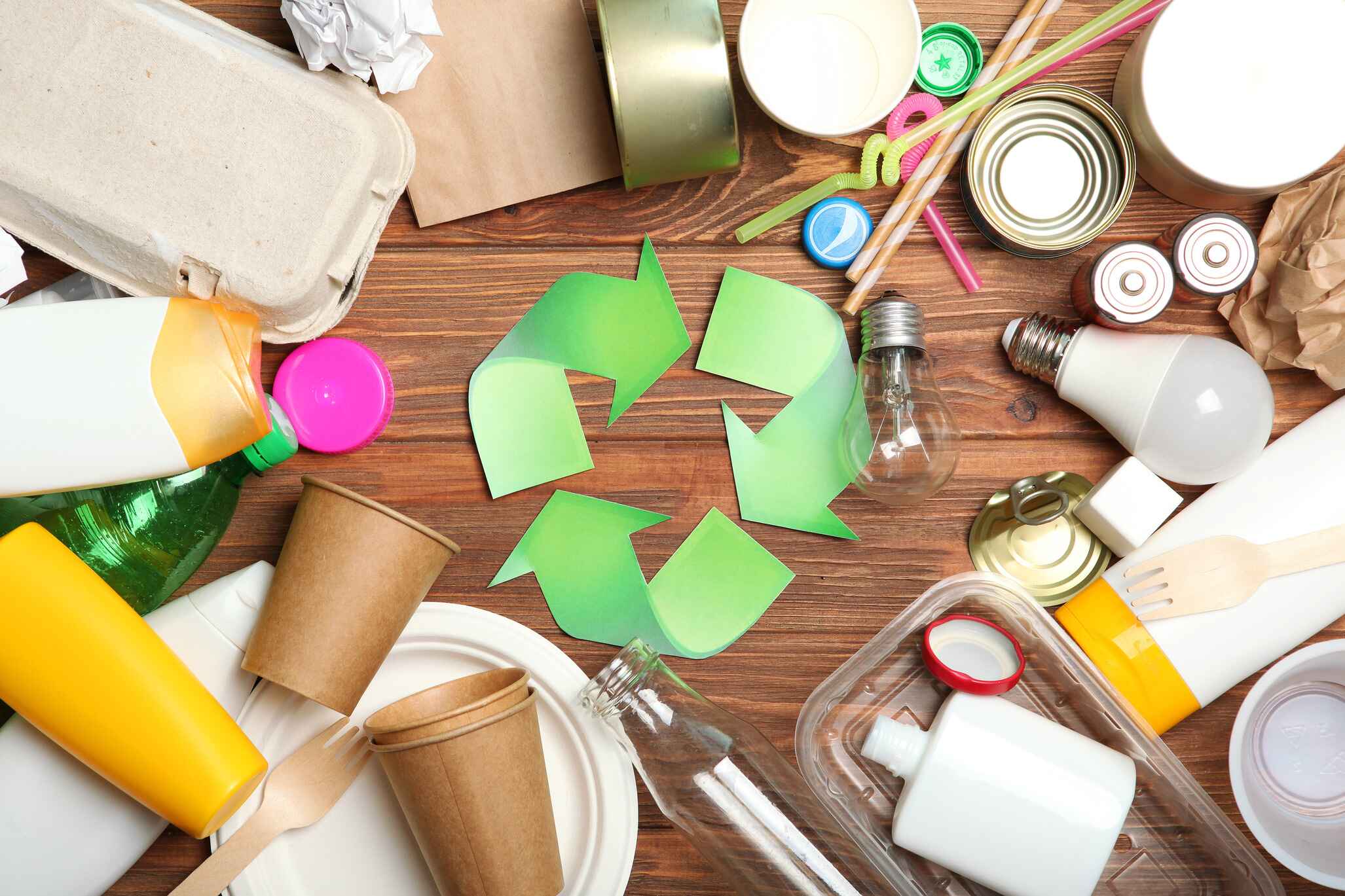

Design for recycling is a new trend in the global effort to tackle marine plastic debris, and means designing a recyclable product using recycled materials instead of virgin materials (Maris et al., 2014).
Japan leads the design-for-recycling initiative across ASEAN+3 countries, with its Council for PET Bottle Recycling issuing guidelines on designing a recyclable polyethylene terephthalate (PET) bottle in 1992. Revised several times, the guidelines contain basic requirements for components in the manufacture of PET bottles, which make recycling easier, for example speeding up sorting by using materials with less than 1.0 specific gravity to make labels and caps (Table 1).
Component | Basic Requirements | Remarks |
|---|---|---|
Bottle | PET only for body* |
|
No colour for body* | - | |
Easily compressible structure** | - | |
No base cup* | - | |
| - | |
No direct printing* | Exclude small print of best before date, production plant and lot, and other codes | |
Label |
| - |
Cap |
| Applicable to shells, inner seals, and liner materials |
Others (price tags and other glued attachments) | Where adhesives, glue, or adhesive tapes are used to attach price tags, proof-of-purchase tapes, and promotional labels, etc., they are recommended to be attached to caps or labels. Where they are attached to the bottle bodies, they should be easily detachable by hand and should leave no fragment or adhesive on the bottle surface when detached** | - |
PET = polyethylene terephthalate, PE = polyethylene, PP = polypropylene, PVC = polyvinyl chloride.
* Required items.
** Recommended items.
In line with the guideline, the Act on the Promotion of Sorted Collection and Recycling of Containers and Packaging (Act No. 112 of 16 June 1995) places responsibility upon manufacturers to rationalise the use of containers and packaging by using recyclable containers and packaging. They are further required to promote the sorted collection of waste containers and packaging conforming to the sorting standard. Incentives and technical support are given to manufacturers who apply the design for recycling (Kojima, 2019).
Design for recycling also considers the use of recycled plastics instead of virgin plastics. The system should take into consideration that plastics are not automatically recycled, even if they are designed for recycling. It is essential to ensure the process does not cause the significant environmental impacts of the production of virgin plastics. Choosing technology with a less environmental impact but reasonable cost is the biggest challenge, whether or not recycling is mechanical, chemical, or biological, or uses energy recovery.
Government of Japan (1995), Act on the Promotion of Sorted Collection and Recycling of Containers and Packaging (Act No 112 of June 16, 1995). http://extwprlegs1.fao.org/docs/pdf/jap82815.pdf (accessed 28 November 2019).
M Kojima (2019), Plastic Recycling: Policies and Good Practices in Asia. Jakarta: ERIA. http://rkcmpd-eria.org/publicationsdetails.php?pid=15 (accessed 28 November 2019).
E Maris, D Froelich, A Aoussat, and E Naffrechoux (2014), ‘From Recycling to Eco-design’, in E Worrell and M A Reuter (eds), Handbook of Recycling. Oxford: Elsevier, pp421–27.
The Council for PET Bottle Recycling (2016), Voluntary Design Guidelines for Designated PET Bottles. http://www.petbottle-rec.gr.jp/english/design.html (accessed 28 November 2019).